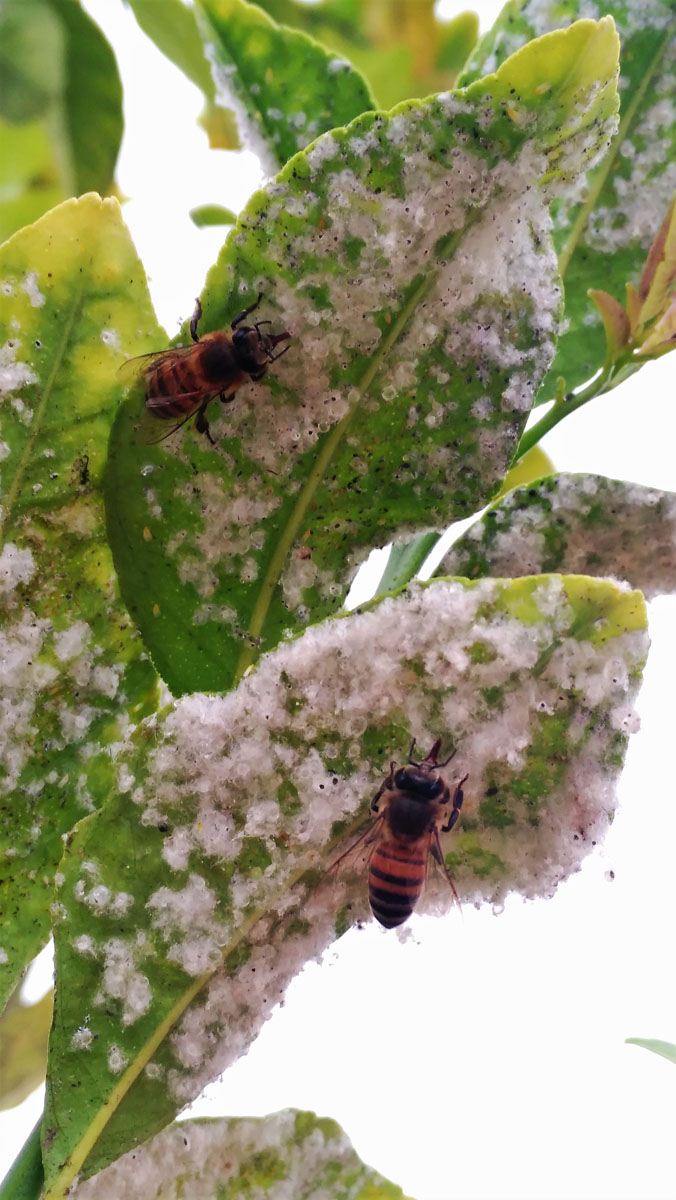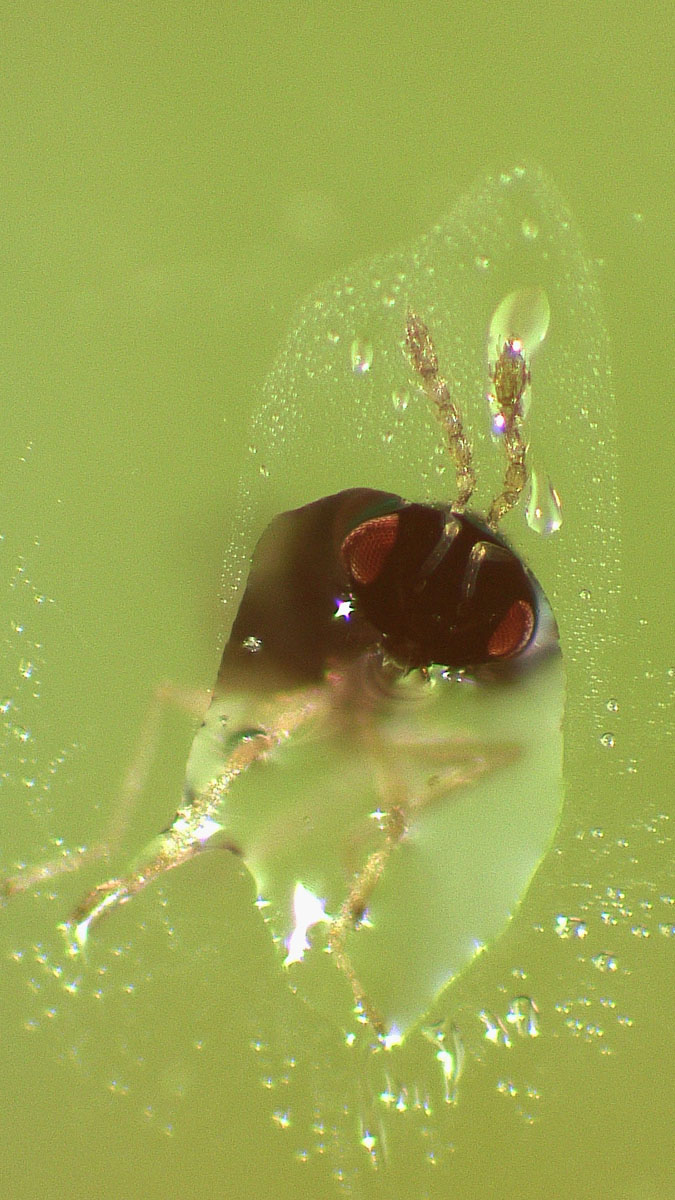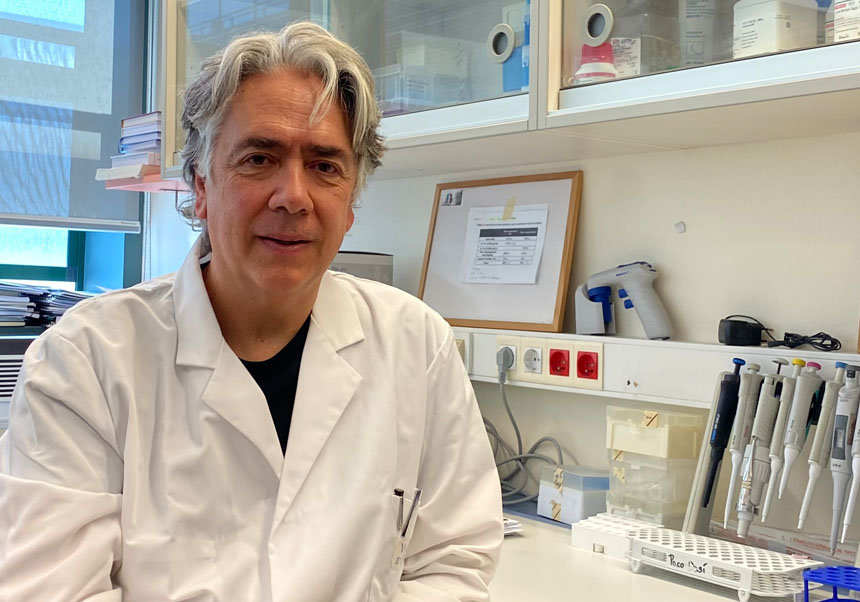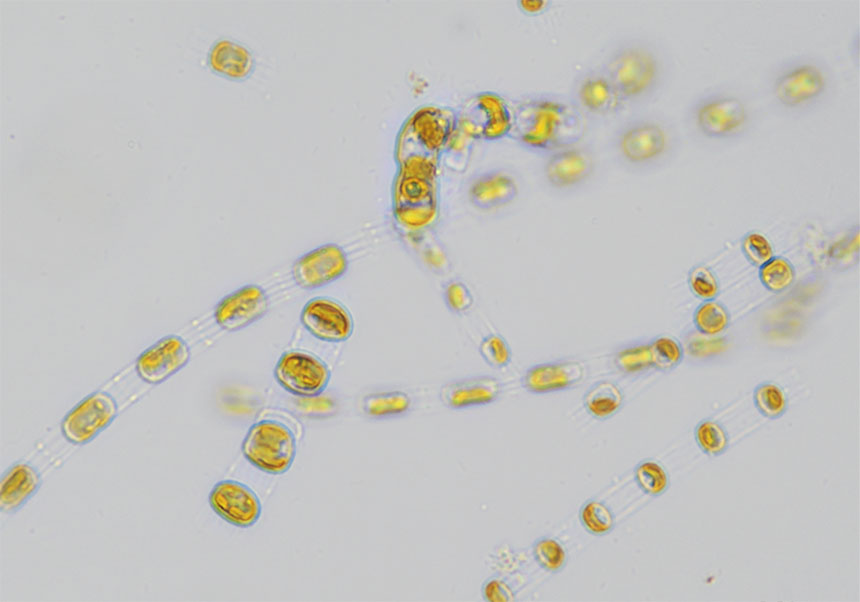A study involving the University of Valencia discovers a new route of beneficial insects exposure to neonicotinoid insecticides
- Scientific Culture and Innovation Unit
- August 6th, 2019
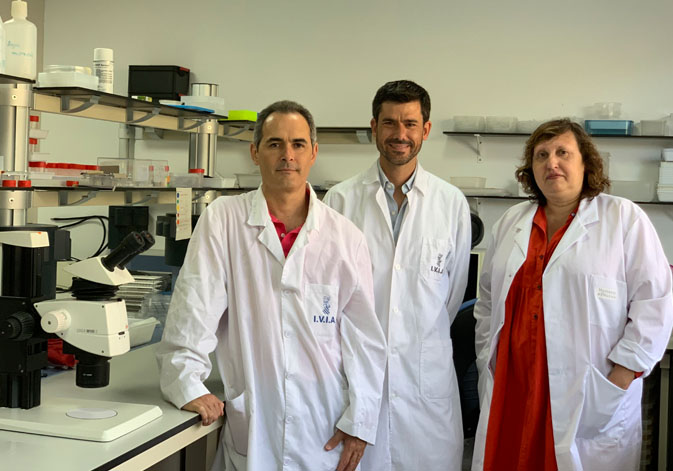
Researchers of the Valencian Institute of Agricultural Research (IVIA), the University of Valencia (UV) and Wageningen University (WUR) in the Netherlands have identified a new route of exposure of beneficial insects (natural enemies of pests and pollinators) to neonicotinoid insecticides (they act on the central nervous system of insects and are not very toxic in mammals). The study, published this week in the prestigious journal PNAS, suggests that honeydew provides a route of exposure that has so far been overlooked and may cause acute or chronic deleterious effects on beneficial insects.
Insect populations are declining rapidly and one of the possible causes is the use of insecticides, the most widely used of which are the neonicotinoids. These are routinely applied in many crops to control herbivorous insect pests. However, significant negative side effects have been associated with them in many beneficial insects, especially pollinators feeding on floral nectar and pollen. In addition, in 2018, the European Commission banned the outdoor use of three of these insecticides after an exhaustive review of the scientific evidence available regarding the risk that their use represents for pollinators.
The IVIA, UV and WUR multidisciplinary research group has discovered a novel route of exposure to neonicotinoids for beneficial insects, the honeydew, a source that is usually more abundant than nectar in agroecosystems. Honeydew is the excretion product of sap-feeding hemipterans, such as aphids, mealybugs, whiteflies or psyllids. Honeydew is a rich and ubiquitous food source that is exploited by many beneficial insects, including bees, ants, parasitic wasps and insect predators.
“The new study shows that honeydew excreted by insects feeding on sap from plants treated with the neonicotinoids imidacloprid or thiamethoxam is contaminated by these insecticides and results toxic to beneficial insects such as parasitic wasps and pollinating hoverflies”, said Alejandro Tena, a researcher at the IVIA, as well as at the UV-IVIA Joint Unit for Biotechnological Pest Control. These insects died a few days after being fed with contaminated honeydew.
“Overall, the data presented in the article show that honeydew provides a route of exposure to insecticides that has so far been overlooked and can cause acute or chronic deleterious effects on beneficial insects”, explains Joel González, researcher at the Structure of Interdisciplinary Research in Biotechnology and Biomedicine (ERI-BIOTECMED) of the University of Valencia, and also of the UV-IVIA Joint Unit.
“The study suggests that honeydew contaminated with neonicotinoids may be present in numerous ecosystems because they are used worldwide in many crops that, currently, are infested by honeydew-producers”, stresses Marcel Dicke, from Wageningen University (WUR). In fact, neonicotinoids are used in the most important crops, including cotton, oilseed rape, soybean, ornamentals, fruit orchards, greenhouse vegetables, potato, rice, sunflower seed, maize or seeds for export. Moreover, compared to nectar, which is present only during the brief flowering period, honeydew is present throughout the year. Therefore, it can affect a wider range of beneficial insects.
The effect of these systemic insecticides is probably much greater than what is currently observed. This route of exposure deserves to be included in the risk assessments carried out by EFSA and EPA. “The present study should further stimulate the development of crop protection strategies that do not depend on wide-spread insecticides such as neonicotinoids”, said Miguel Calvo, PhD student at IVIA and the Wageningen University (WUR) and Yolanda Picó, researcher at the Desertification Research Centre (CIDE) of the University of Valencia, the CSIC and the Valencian Government.
Photo captions annex:
- Bees feeding on honeydew.
- Parasitic wasp feeding on honeydew.



